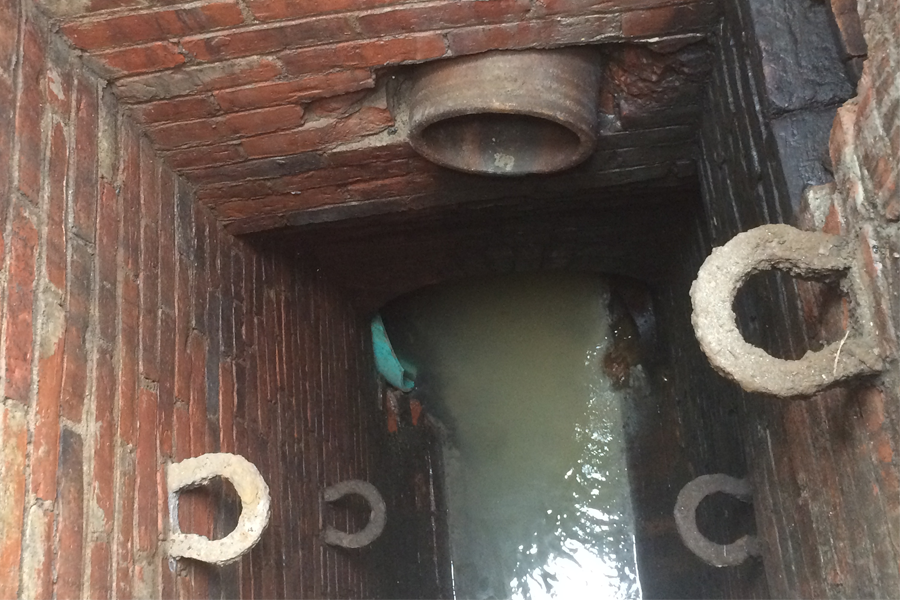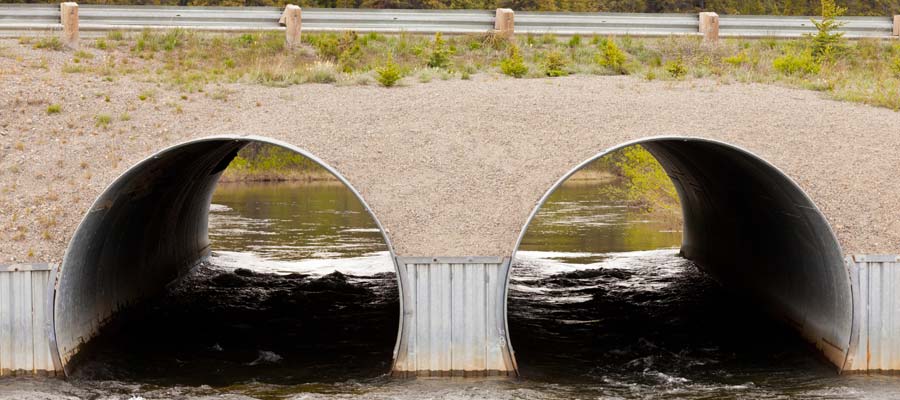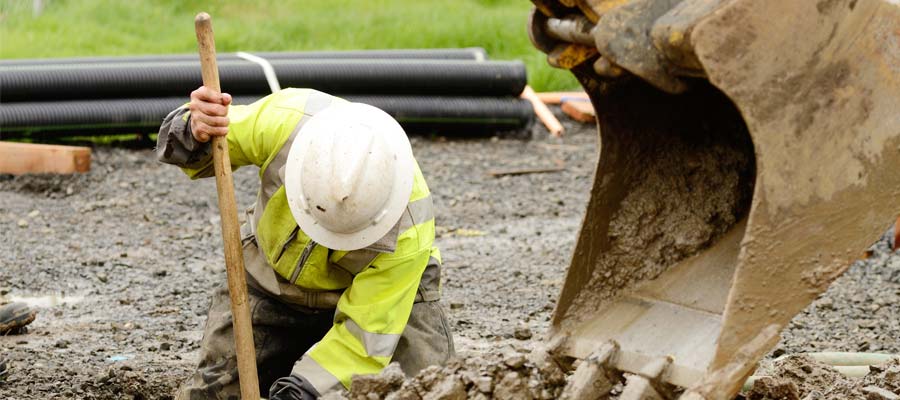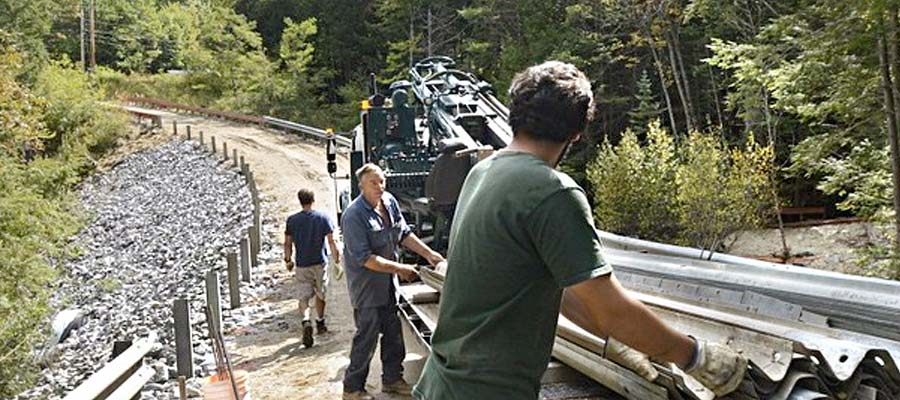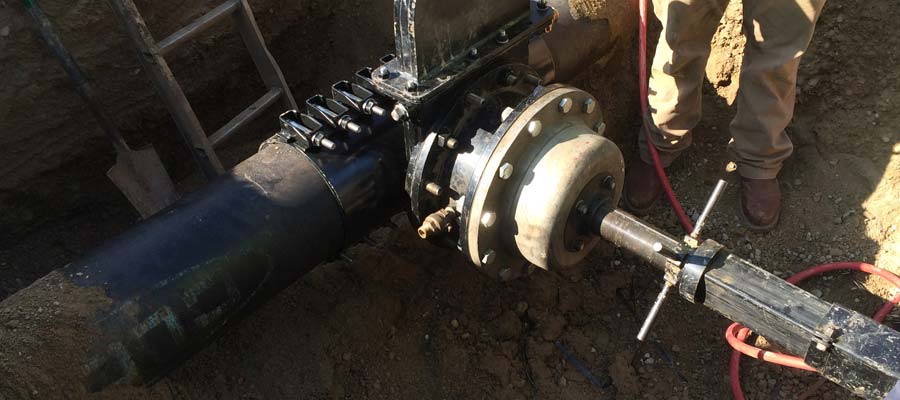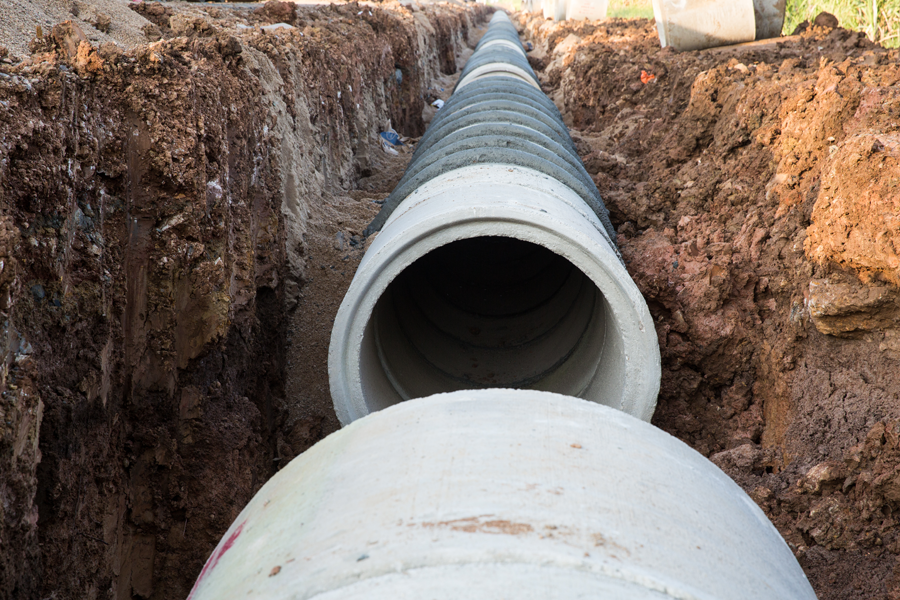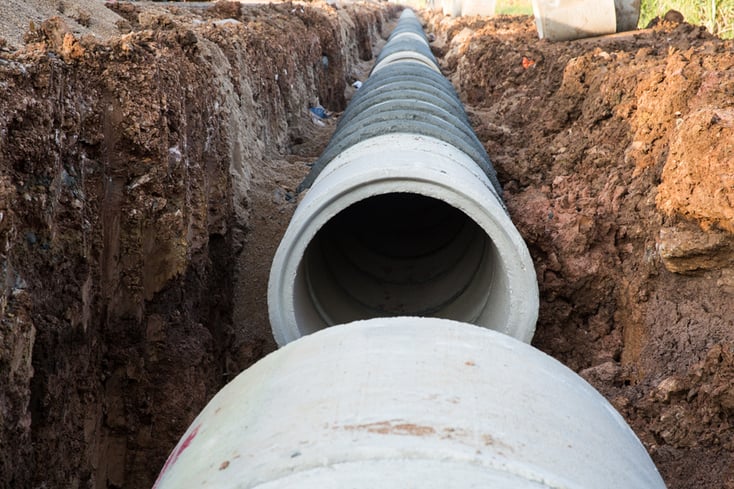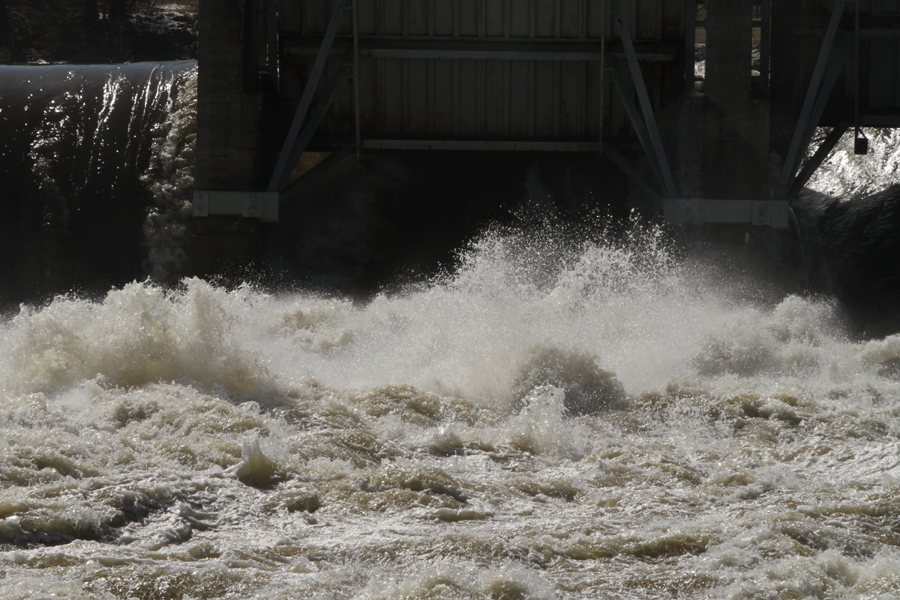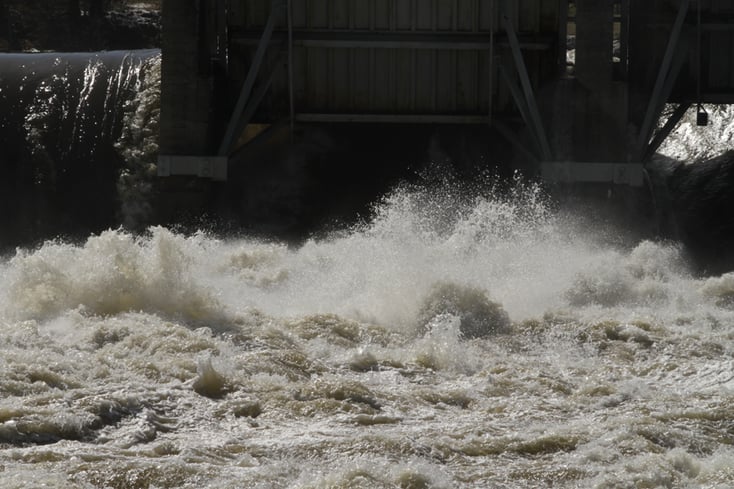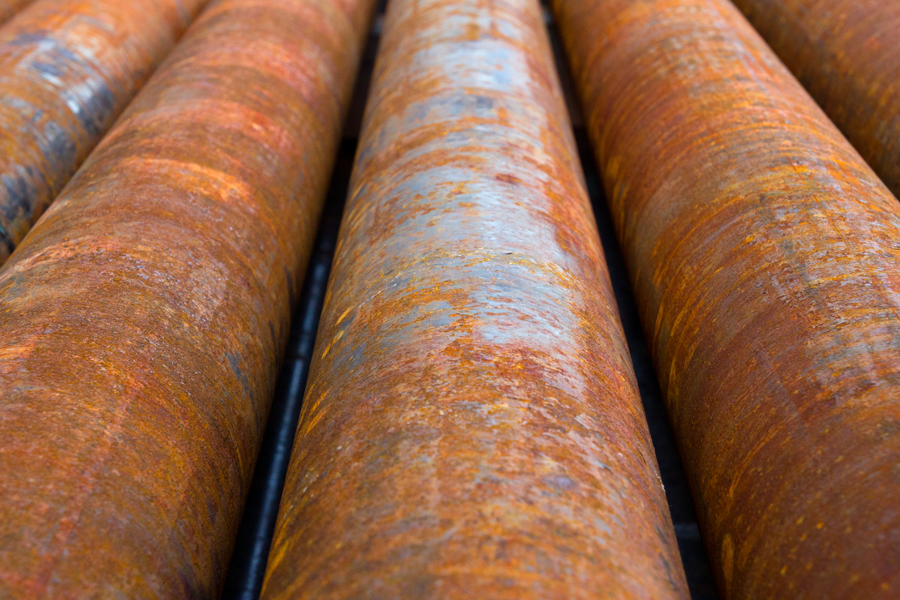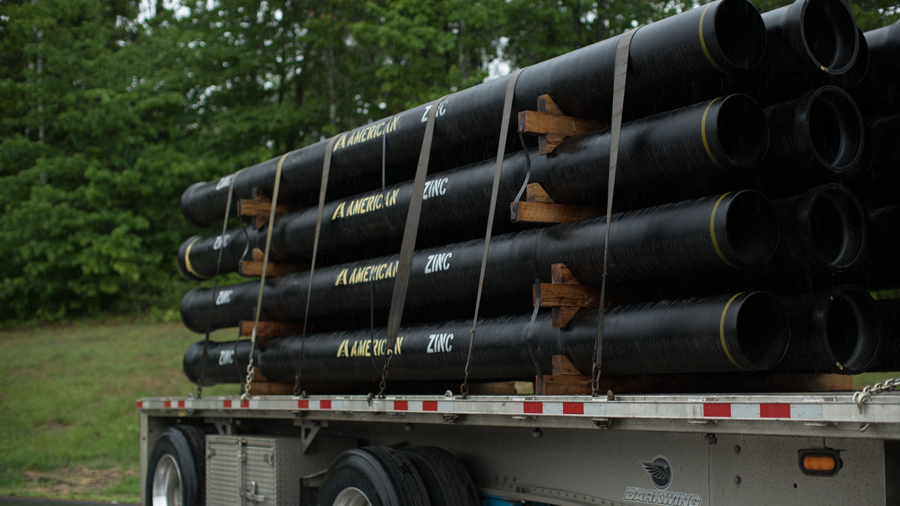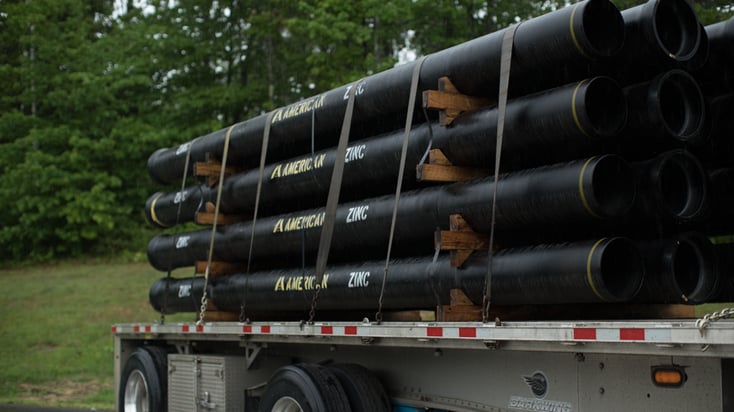Whether you work in an industrial complex or a municipality's waterworks division, OSHA regulations are in play to ensure a safe workplace. But what about when you're working in a manhole accessed services corridor or vault? What about spaces with limited access that have potential to become dangerous because of conditions in the area? OSHA has specific regulations for workers in confined spaces, permit required spaces and in retrieval planning. Here are a few things to keep in mind when working in these situations.
When you have culverts that are beginning to fail but don't have the time or resources to reroute traffic, dig up the existing culvert and replace it, what are your options? One option you may not have considered are PPF services. By slip lining your existing culvert, you can get the best of both worlds, as your culvert is rehabilitated without the extra expense and headache of digging up and replacing the old one. Here are some details on how the process works:
In our industry, trench safety is something often discussed but just as often ignored. It's actually both the most dangerous part of our job and the most often cited OSHA violation. In the interest of moving the project ahead, precautions may not be taken that should be, and that can cause injury or death. At Team EJP, we take excavation safety very seriously. Though the OSHA standard can be a bit weighty to dig through, we've taken the time to draw up some basics that will help you through most excavations.
With the current focus on environmental stewardship and green construction, many companies and municipalities are looking at ways they can reduce stormwater runoff from their networks and facilities. One big area that is a concern with stormwater is paving. Because pavement covers a large area and prevents the rainwater from soaking into the ground, it causes some serious problems with storm sewers and erosion. But if ground is left unpaved, either as turf or as a gravel road or lot, it can quickly become damaged, rutted and muddy, causing more problems. Cellular confinement systems provide an excellent opportunity to combine storm water infiltration with a stable driving and parking system. Let's take a look in what situations cellular confinement systems work best:
Anyone who has ever worked on a mechanical system has a dirty little secret - sometimes we don't have the time or resources to use the right tool. We get the job done, but sometimes it's at the cost of replacement parts, injuries or damaged pride. I don't know about you, but my damaged pride usually comes to light when my other half comes to see how things are going and catches me doing something really stupid! The additional time I spend or the money I need to invest in replacement parts is often higher than it would have been to just get the right tool in the first place. There's a reason why there are a million specialty tools out there, one for each and every job we seem to come across that requires something a little more. Here's why:
When winter's chill is gone, it's time to take it easy, freed from the issues winter brings to any waterworks system. But before you start to relax, have you considered what maintenance needs to be performed on your hydrants this spring? Here's our look at what maintenance tasks need to be undertaken before your hydrants are ready for the hot summer time.
Erosion is a serious problem in our country. Though there have been many attempts at controlling the problem, there's a lot of confusion and misinformation out there about which options will be effective in which situations. Using the wrong option or not using the right one correctly can render the erosion control option completely ineffective. Which solution is best for your situation? Here's what we've found over the years.
With over 7 billion people on our planet, there's no doubt that saving our planet's finite resources and clean water makes good sense. But in a country with excellent water supplies, we often forget just how much water is wasted every day. Older water pipes begin to corrode and leak, soil subsides and causes small cracks and when it all adds together, nearly six billion gallons of treated water is lost on a daily basis in our country, estimated at 14-18% of the country's daily water usage. Locating and repairing leaks can make a big difference in our country's everyday water use. Here's how:
Flint, Michigan has been making the news lately, and not in a good way. With lead contamination in the water affecting between 6,000 and 12,000 children and 10 people dead from Legionaries' Disease, the government is scrambling to address the issue, but nearly a year into this event following the change in water supply sources, how will they recover from this? Flint is facing many of the same problems municipalities across the country are seeing, as the economy continues to slowly climb out of the recession. Old water supply lines are leaking, corroding or otherwise in need of replacement and money is tight. Fortunately, there are a variety of options available that are both affordable and safe. Here's our look at replacement piping and which situations they work in.
Though federal regulations provide strict limitations to what compounds are acceptable in potable water, the increasing interest in water filtration and potential water contamination often leaves customers curious or concerned about what's in their drinking water, often above and beyond what is really concerning. Though the primary concerns deal with lead or bacteria, some waterworks customers are starting to ask questions about the safety of zinc in their water supply. Here are some easy answer to common concerns raised by waterworks customers over the use of zinc in water pipes, fittings and fixtures.
